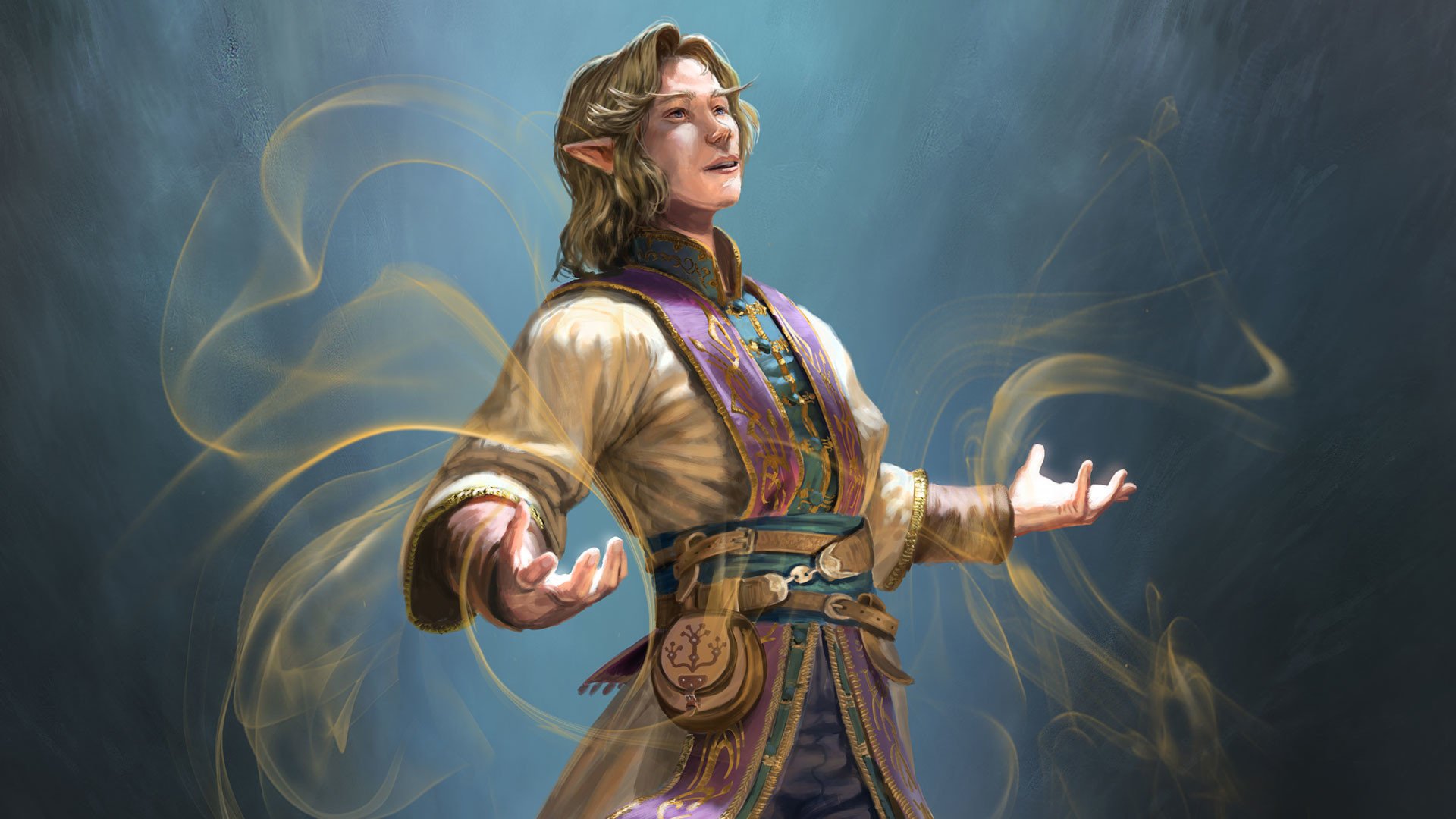Hello adventurers!
We’re back this week with a Class Spotlight, featuring the Sorcerer - the eternal rival of the Wizard. While these nerds have to learn magic by reading books and waving wands, us superior Sorcerers are naturally gifted with it. We feel it, we mold it, we bend it to our will. Mastery of magic? Oh my dear, wait until you hear about Metamagic…
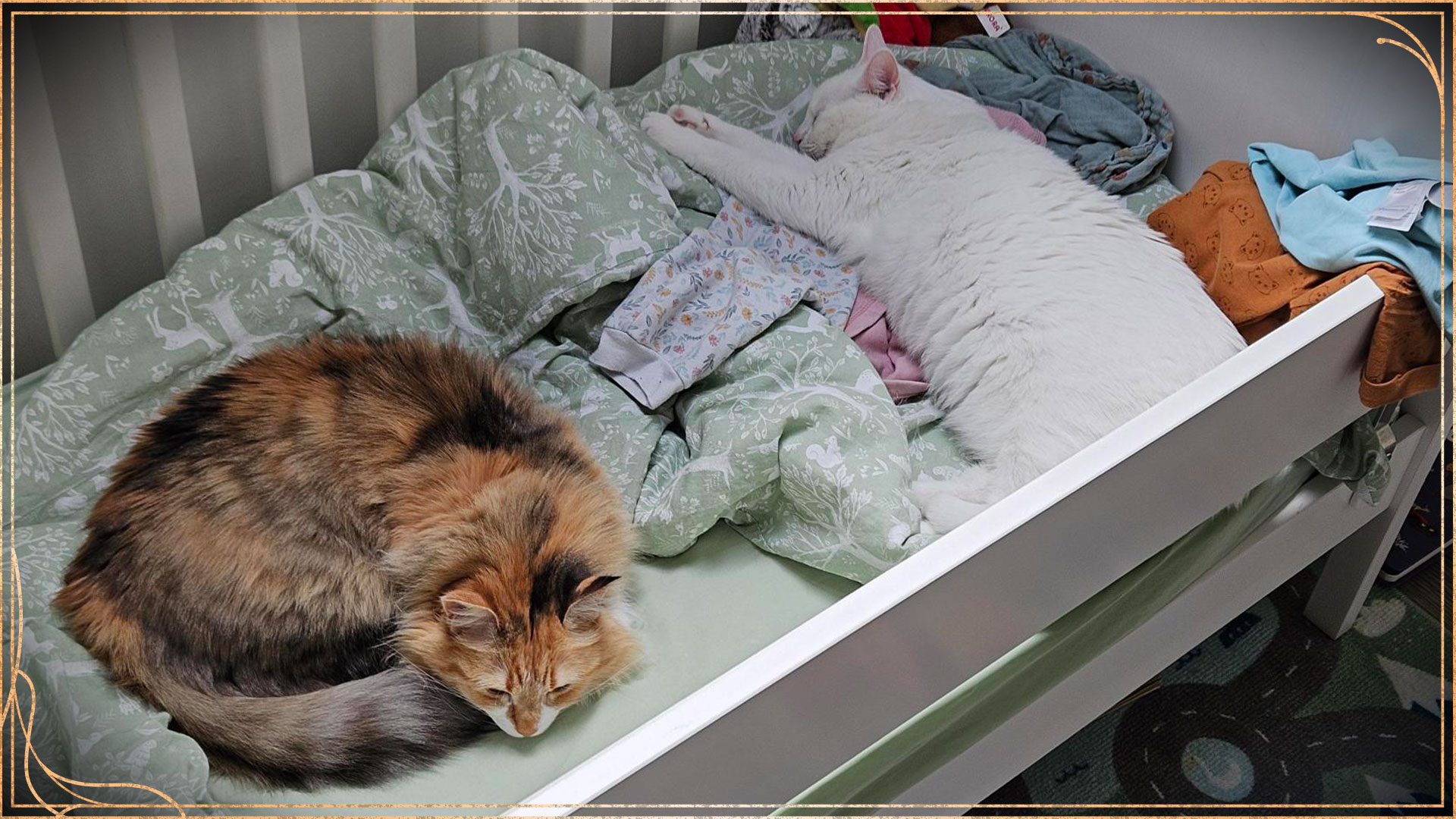 My dear, I do believe someone has Twin Cast Polymorph on our offspring. They are quite fluffier than last I saw them.
My dear, I do believe someone has Twin Cast Polymorph on our offspring. They are quite fluffier than last I saw them.
Before we start, don't forget to wishlist Solasta II on Steam - it helps us a ton!
It’s just in my blood…
Ahhh, the Sorcerer. Always compared with the Wizard - and for good reasons! Both are arcane spellcasters with access to very similar spell lists, which can sometimes make them hard to differentiate for newer players aside from their theme: Wizards being the studious spellcasters who scale off their Intelligence, while Sorcerers are natural born geniuses who rely on their Charisma.
The consensus has always favored Wizards over Sorcerers however, as the former can learn an infinite amount of spells and thus become incredibly versatile, while the latter is stuck with learning only two spells per level. It turns out these nerds have unlocked the legendary power of LITERACY - truly the most overpowered skill in existence.
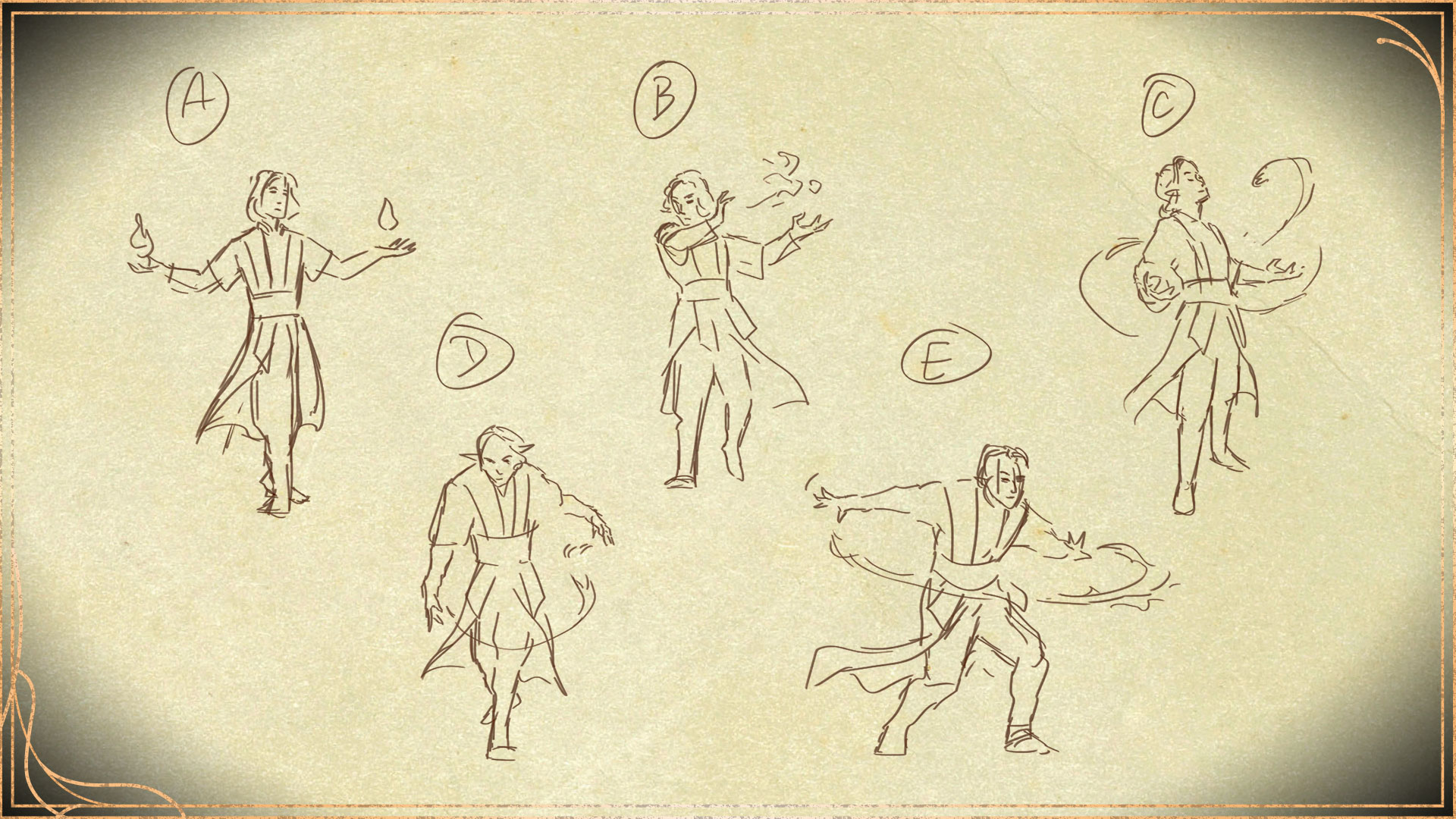
During the 3.5e era, this was counterbalanced by the fact that Sorcerers could cast more spells per day - but this is no longer the case in 5e. Instead the class now focuses on Metamagic by making the feature more easily accessible (previously it would require you to upcast the spell, meaning you had to sacrifice higher spell slots to cast weaker spells with metamagic). Sorcerer subclasses also often allow them to dip their fingers into other spell lists - with the most well known on Tabletop being the Divine Soul Sorcerer who can tap into Cleric spells.
Now for those not familiar with it, Metamagic is a very powerful tool. While newer players may be attracted to Empowered Spell or Quickened Spell seeking to deal more damage, veterans often eye Heightened Spell and Twinned Spell to ensure their opponents end up skipping their turn paralyzed, charmed, frightened or affected by any sort of annoying debuff - a foe that’s almost dead can still hit as hard as one that’s full HP, but a foe that’s stunned is effectively non-existent until the condition is removed.
The 2024 edition also further pushed the differentiation between Sorcerers and Wizards by giving them the Innate Sorcery feature. Long story short, the idea here is: Wizards are more versatile and have access to a wide array of spells, but Sorcerers are just better at casting theirs.
The Sorcerers of Solasta
Alright, now that we’ve talked about the class, let’s take a look back at our subclasses from Crown of the Magister. How did they hold up compared to the rest?
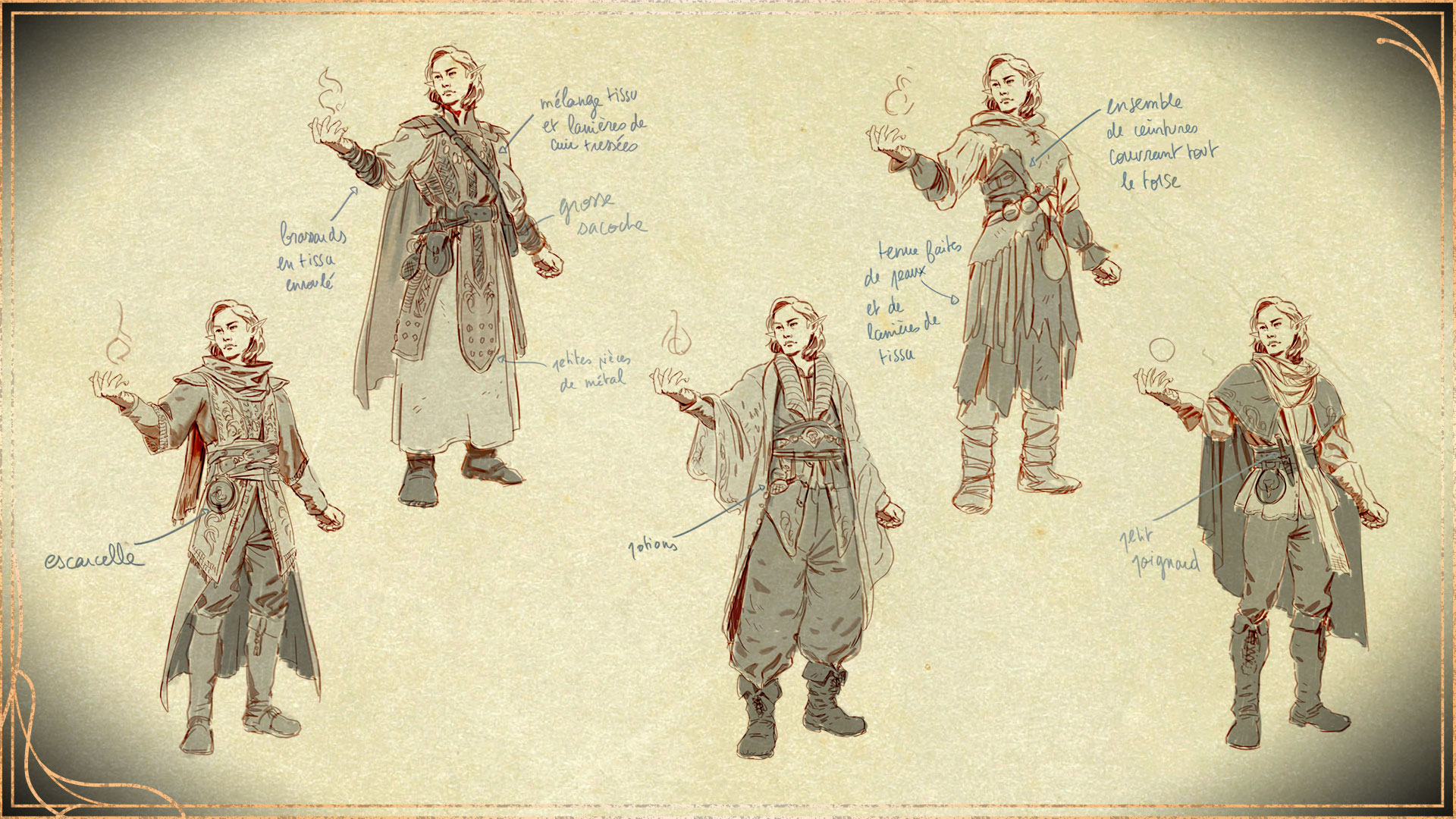
Draconic Bloodline (SRD)
Usually when we look at an SRD subclass, it’s the “vanilla flavour” of that class. Think Berserker Barbarian who is the embodiment of “I use Rage and I hit people”, or Life Cleric filling the classic healer fantasy role. But for Sorcerers… there isn’t really a “standard” Sorcerer, is there?
Draconic Bloodline is pretty close to that though - a clear ancestry giving them access to magical powers, brimming with prestige and strength (who doesn’t like dragons?). It is also easier to picture than more esoteric archetypes like Aberrant Mind or Storm Sorcerers (my grand-grand-grandpa was a Dragon vs I was born during a tempest on a sinking ship somehow infusing me with the power of wind and lightning). This thematic simplicity was a boon when it came to work on facial features exclusive to Sorcerers - just add some dragon scales!
While we usually like to keep our SRD subclasses as close to Tabletop as possible, we decided to give Draconic Sorcerers Origin Spells. Origin Spells are an addition to more recent Sorcerer archetypes, helping to mitigate the feeling of being too limited in known spells (2014 Sorcerers know less spells at level 20 than Paladins, a half-caster class!) - and we thought that was a great idea to give that class a little boost.
Other than that, Draconic Bloodline is fairly straightforward - nothing overly exciting here. You basically get a permanent Mage Armor with Draconic Resilience, saving you a level 1 spell slot and more importantly allowing you to learn another spell instead. You also are a little beefier with +1HP per level, which is never bad when you’re rocking D6 Hit Dice.
At level 6 Elemental Affinity and Draconic Resistance give you a little more damage and resistance when dealing with your ancestor’s element, and much later at level 14 you gain the ability to permanently fly (which in Solasta is pretty cool, it does put you out of reach of many more devastating melee attacks). Also before I forget: we did give them some of the best spells with Shield and Counterspell which turned Draconic Bloodline from an already pretty decent archetype to a really good one.
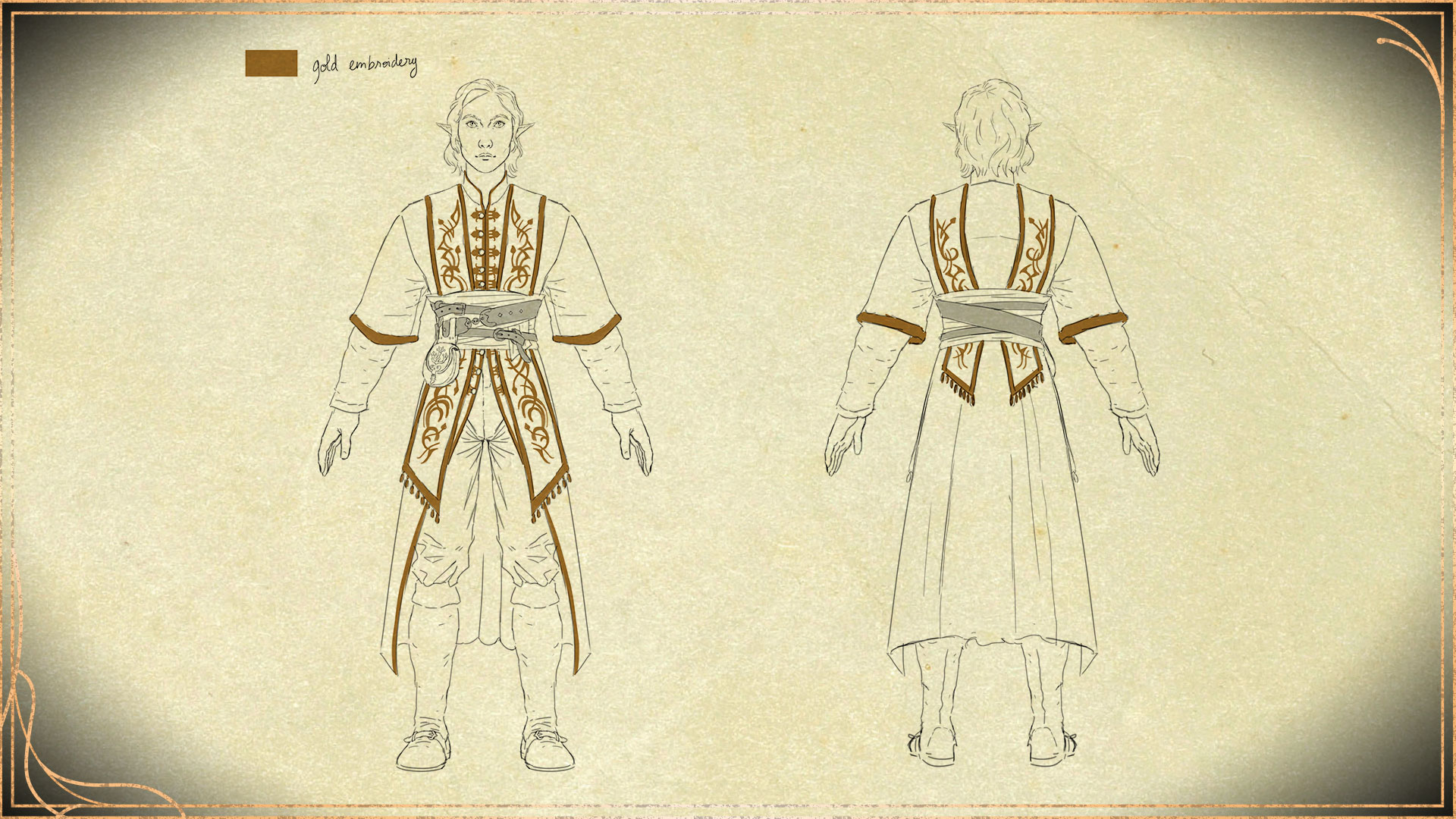
Final Verdict? While not the most exciting subclass, Draconic Bloodline did its job very well. Some might say it lacked the fun and wonders of the other archetypes and didn’t give you many new tools to play with, but you could never go wrong with it - it was rock solid.
Child of the Rift (Crown of the Magister)
Hohoho, the Child of the Rift. Where to start. Let’s say that most of you were very quick on picking up an oversight that came with Offering of the Rift. But let’s leave that for later and start with an introduction of the subclass.
Our initial idea regarding our sorcerer archetypes was that each would have an underlying connection to a type of magic: Arcane, Divine, Primal (which was something One D&D toyed with during their playtest, but ultimately dropped). Draconic Sorcerers being related to dragons whose greater intellect often allow them to become powerful spellcasters, were given Arcane Origin Spells. Mana Painters, who draw Mana from the very land they walk upon, would be given Primal Origin Spells. Finally, Children of the Rift, whose power comes from the very cataclysm that brought Gods to Solasta, would have access to Divine Origin Spells.
The first feature, Rift Magic, was an attempt at translating the supernatural instability that is the Rift into a power, allowing them to sometimes cast spells for free. However its low chance of happening and more importantly, its relatively low impact made it… not very satisfying. An immediate comparison that comes to mind is Wild Magic Surge, which solved both these issues: you can force it to trigger with Tide of Chaos, and its effect is much more entertaining - even if it’s not always positive, it’s sometimes to remember! On the other hand, “I can cast one more level 2 spell, yippee”... Rift Magic was just not enough in its existing iteration.
But let’s not be discouraged by one dud. Rift Deflection came next at level 2, giving you a proactive defensive power in exchange for sorcery points. Although powerful as it protected you against both attacks and spells with saving throws, it was balanced by not being a reaction, making you preemptively use a bonus action if you thought danger was coming your way. A very strong tool for survivability!
But wait a minute… A level 2 subclass feature on Sorcerer?! That’s not in the books! The story here is that early on we designed features using Sorcery Points, but only remembered later that they are unlocked at level 2 (since Sorcery Points = Sorcerer Level, we kind of glossed over that…). Now, we could have just removed those extra features, but considering the original Crown of the Magister 1.0 release was capped at level 10 and Sorcerers only unlocked Subclass Features at level 1 and 6… we decided to make a little exception and keep them so each archetype could build a stronger identity.
Now, you were waiting for it - Offering of the Rift came at level 6. By sacrificing max HP you could regain Sorcery Points, and you would only get those HP back after a long rest. Again, the feature drew upon the theme of the Rift requiring sacrifice and giving power in return… But then came the exploit. Greater Restoration removes any effect reducing one’s max HP. And you know what Cleric spell Children of the Rift get in their Origin Spells at level 9? That’s right, Greater Restoration!
This effectively gave Children of the Rift infinite spell slots. You’d use up your spell slots, convert your Sorcery Points into new spell slots, sacrifice your HP to get Sorcery Points again, and cast Greater Restoration. There you go, as good as new! This incredibly overpowered loophole catapulted the archetype to the front of the power chart - as long as you got to level 9.
The final feature at level 14, Riftwalk, gave you free Misty Steps with very minor force damage on arrival a few times per long rest. A nice little power as mobility is always great, especially when you don’t have to spend spell slots on it - but nothing really new. At the end of the day, the star of the show was Offering of the Rift and the Origin Spells.
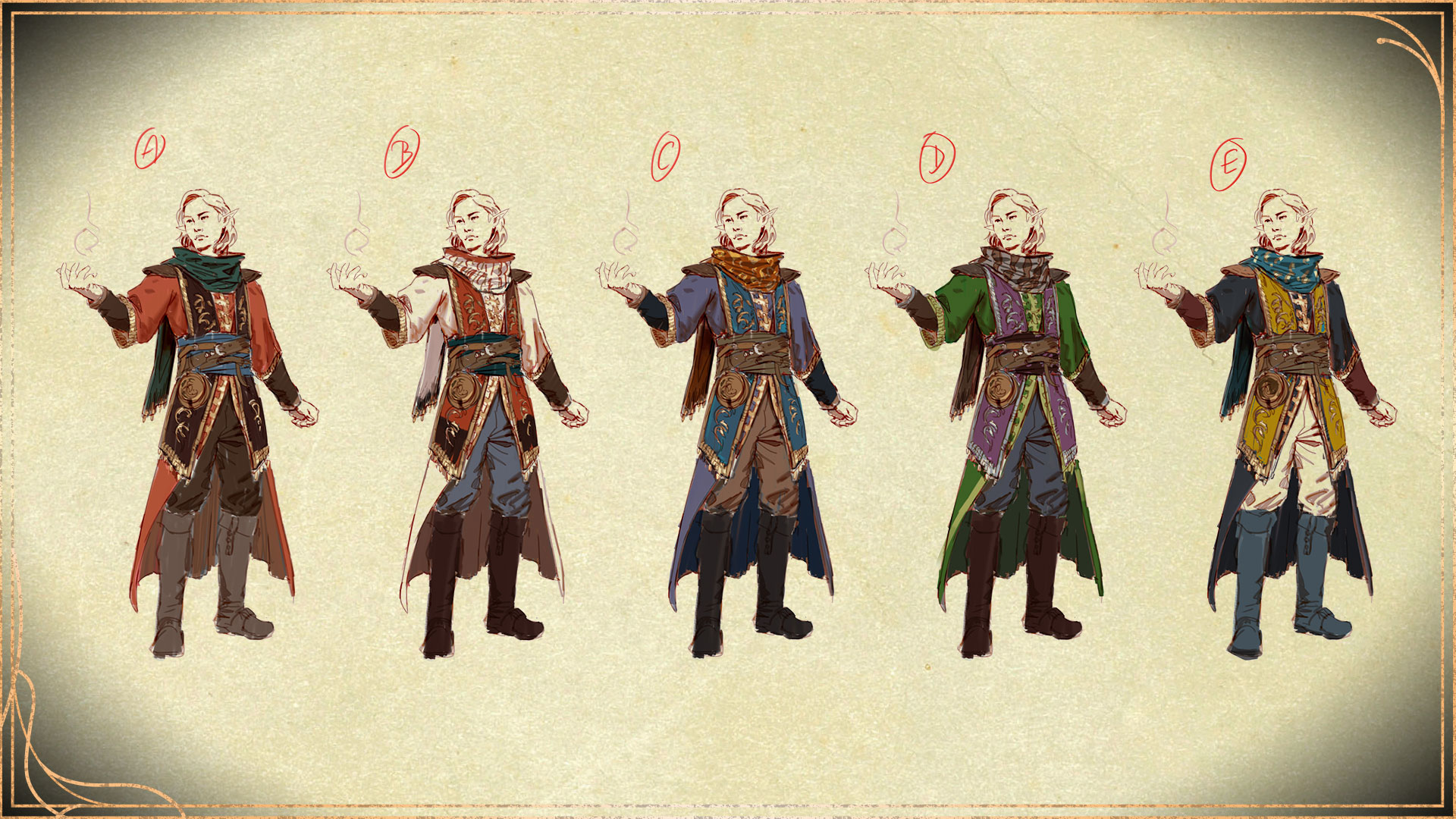
In the Sourcebook version we completely reworked the subclass to power it up while removing the exploit, slightly altering the angle from which we addressed its theme. Instead of honing into the raw, unstable and dangerous aspect of the Rift itself, we leaned into the idea that the Child of the Rift’s power came from the fusion of a soul from Solasta and Tirmar through the Rift.
Rift Magic was transformed into Between Two Worlds. It now gave expertise in two skills, languages or tools of your choice, which could be changed after each long rest - the Child of the Rift would tap into souls from Tirmar and could therefore gain temporary understanding of any skill. It improved their versatility outside combat, which is always a good thing as the Sorcerer small spell pool limits their choices.
Rift Walk moved to level 6 and now triggered whenever you used Metamagic to cast a spell, building upon the Sorcerer’s core identity instead of being another standalone power with its own resource to track. Rift Deflection moved from level 2 (since RAW Sorcerers don’t get subclass features at level 2) to level 14, changing from bonus action into reaction to avoid having to gamble your precious Sorcery Points away to prevent damage that may or may not come your way. In exchange, its power level was also lowered - it now granted damage resistance to a damage type of your choice until the start of your next turn, reducing instead of completely negating it (by making the enemy miss or by succeeding your saving throw).
Final Verdict? Probably one of the best themes when you take into account Solasta and its history, and good ideas that probably just needed a little more time in the oven to make sure all the kinks were ironed out. The original version was obviously overpowered past level 9, but the reworked version has a lot of flair with a constant flickering around the battlefield to reward the use of metamagic.
Mana Painter (Crown of the Magister)
The Mana Painters are a middle ground between the “safe but kind of standard” Draconic Sorcerers and “broken combo” Children of the Rift. Drawing their power from the mana swirling around them, they had access to a few Druid Spells in their Origin Spell List.
As a subclass, Mana Painters had excellent survivability due to Mana Absorption, their level 1 feature which allowed them to use their Charisma Modifier for all their saving throws. This was only possible because Crown of the Magister did not have multiclassing in mind, as a level 1 dip Mana Painter would make any Paladin insanely powerful with both Mana Shield and Aura of Protection. This made the subclass very front-loaded, with its most powerful feature - and arguably their identity - at level 1.
At level 2, Mana Painters got access to Mana Drain, a high risk, unfortunately not high reward attack that would make them regain Sorcery Points if successful. While the idea was interesting (encouraging a range class to go into melee for a reward), the balance wasn’t good enough here: the damage was low and did not scale with levels, and it would only give back a single sorcery point. This made Mana Drain not worth using.
This is especially the case since at level 6, Mana tap would allow you to regain half your maximum Sorcery Points after a short rest once per day. Now you might start to see a pattern here - the Mana Painter was supposed to be the Sorcerer with an overabundance of Sorcery Points, since they constantly draw mana from the land. This defining feature was supposed to be their greatest strength, but unfortunately got overshadowed by the Child of the Rift infinite Sorcery Points exploit.
The last feature was the level 14 Mana Balance, which would make them regain 5 HP per Sorcery Points spent. Again, the issue we ran into was that regaining HP is a reactive power, something you would want on a frontliner like a Fighter or a Monk, not a Sorcerer. And without the ability to generate Temporary HP, most of the time Mana Balance would do nothing. It was a nifty tool in case you got targeted and needed a bit of healing, but you had little control over it.

In the Sourcebook version we had to make a few tweaks, notably to prevent the level 1 dip exploit. Mana Absorption was moved to level 6, requiring a significant investment to unlock (while also not arriving too late as it’s their archetype-defining feature), getting replaced at level 1 by Mana Shield which grants Temporary HP equal to 3 times the level of the spell cast, helping Sorcerers build a little buffer in case they get targeted (instead of waiting to get walloped and heal afterwards). Mana Drain moved to level 14 as a reaction, highly empowered to give more flavour to the subclass. It would weaken a spell you see being cast, halving its damage and allowing its target to roll saving throw with advantage, while also regaining a number of sorcery points equal to the level of the spell cast.
Final Verdict? Again, a very interesting theme and good underlying ideas. A few tweaks and a buff to Mana Drain was all it needed to express itself fully. It’s just a shame the Mana Painter couldn’t shine with their overabundance of Sorcery Points due to the Child of the Rift exploit.
Haunted Soul (Lost Valley)
Let’s be honest, Haunted Souls had a fair share of issues. While a lot of Lost Valley subclasses ended up being fan-favorites, we got a little stuck with the Haunted Soul. We had the theme figured out - drawing power from malevolent spirits, making them lean into Necromancy and Fear effects… but then realizing that not a lot of Necromancy spells were implemented in Solasta 1.
This made us create very “spell-oriented” features for the Haunted Soul, as if they unlocked subclass-specific spells. Level 1 Spirit Visage would be a Bonus action “spell” that would force a target to succeed a Wisdom Saving Throw or be frightened until the start of your next turn. Level 6 Vengeful Spirits would be a Bonus action “spell” that was basically a long range Spirit Guardians that you could move once per turn. Only Level 14 Soul Drain broke the pattern by making you regain 1 Sorcery Point whenever you killed a CR1+ creature with a spell of level 1 or higher.
In the Sourcebook, we tried to move away from that sort of design. Spirit Visage was replaced by A Helping Hand, giving you Chill Touch for free and allowing you to cast it as a Bonus Action whenever you cast a spell of level 1 or higher. That spirit haunting you is giving a hand, literally.
Vengeful Spirit also changed into giving you resistance to necrotic damage and allowing you to use your reaction to spend sorcery points and haunt your attacker when you get damaged, making all attacks targeting them roll with advantage until the end of your turn. Clearly delivering on its name, Vengeful Spirits!
Lastly, Soul Drain was simplified to be a singular use power per day. By touching the body of a creature that died within the last minute, you could regain up to half that creature’s number of Hit Dice in Sorcery Points. A little more sinister and requiring a conscious action rather than passively draining Sorcery Points in the battlefield by mowing down enemies with spells!
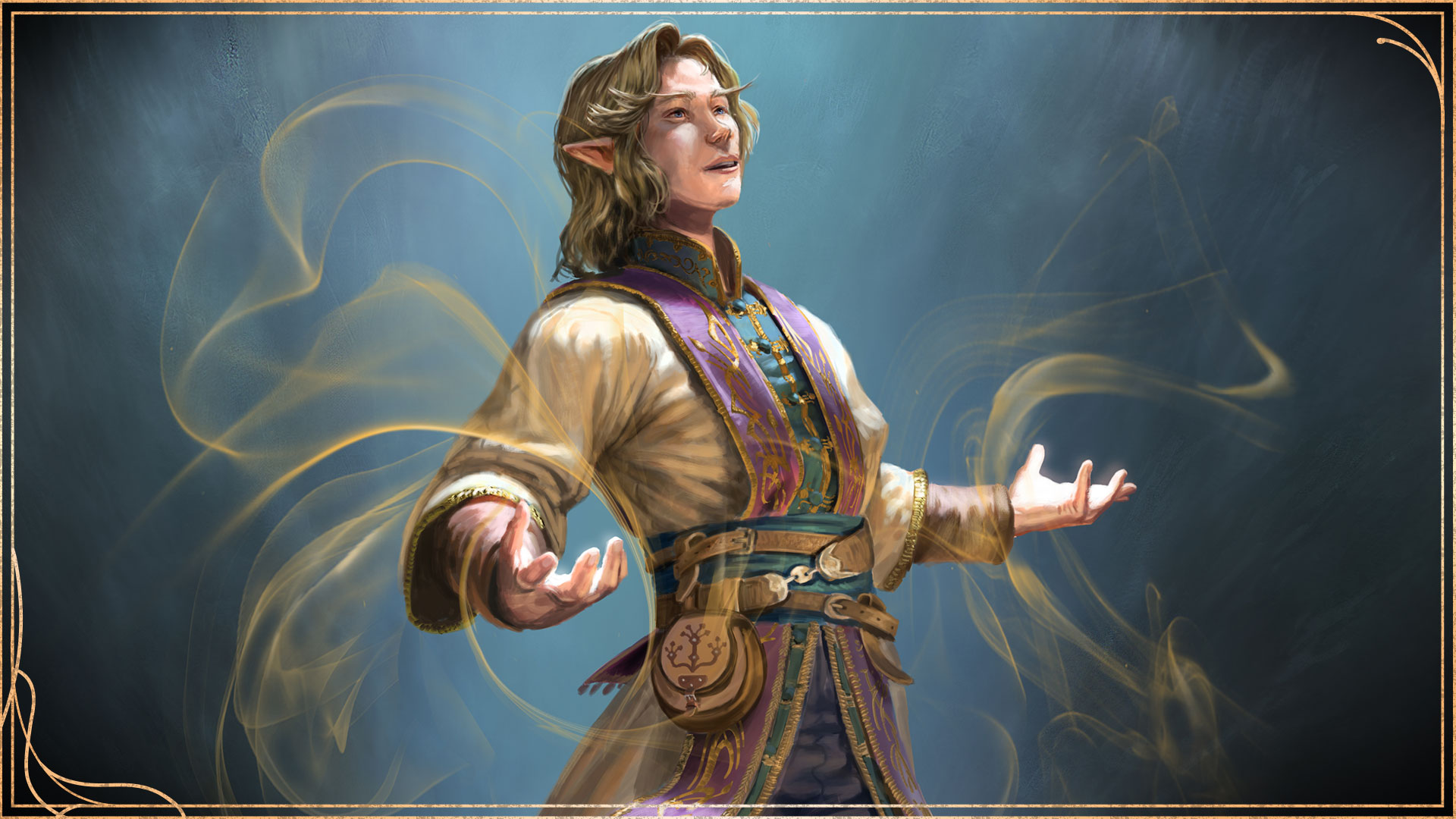
Final Verdict? Honestly, although its original design made a little bit of a faux pas by filling it with spell-like features, Haunted Soul wasn’t bad at all. It did not scale well, but for Tier 2 campaigns it did its job well. Flavour-wise, we like it! Especially on Tabletop, we could see it thrive as it has a pretty juicy thematic.
The… ??? (Solasta II)
Unlike Knut and Daisy who both teased the Solasta II Rogue and Paladin subclass in the Steam Next Fest demo, Joralas was a Mana Painter! Here’s a little secret: The Sorcerer’s new subclass oscillated between two different themes - so it needed a bit more time in the oven before we decided on which we wanted to go with. But this is a story for a future article!
Article by Tactical Myzzrym
Follow us on:
